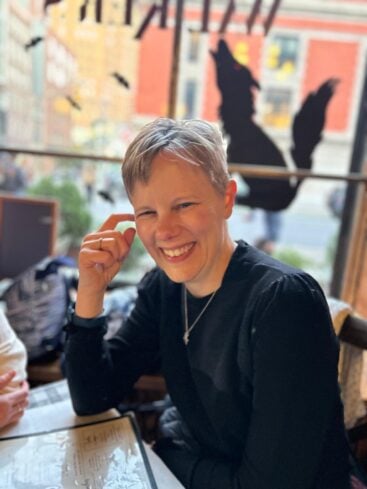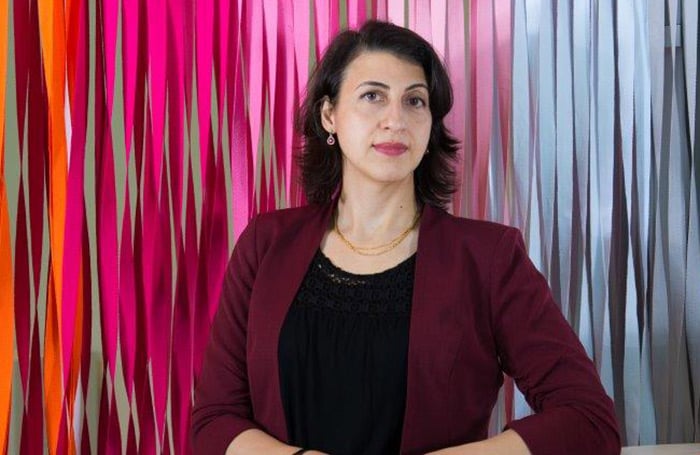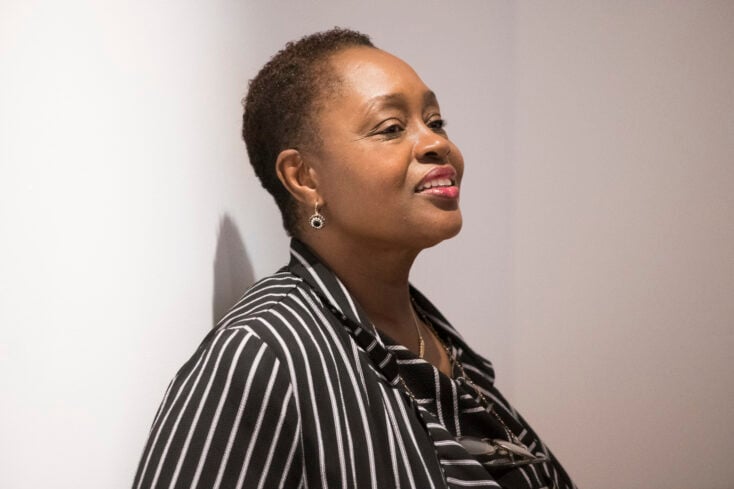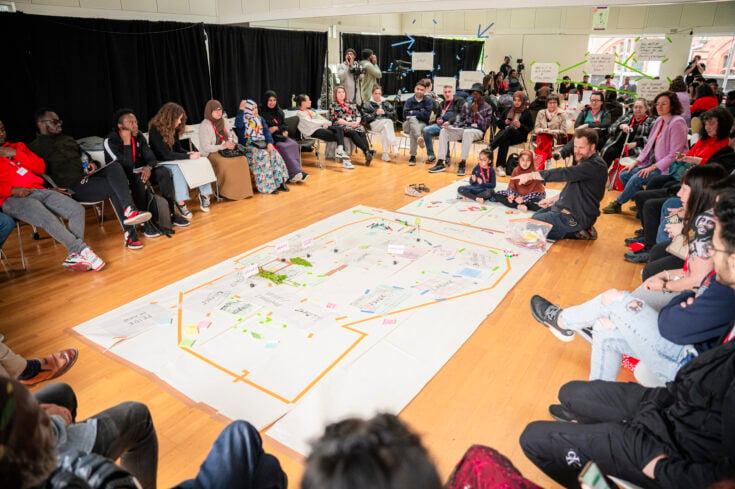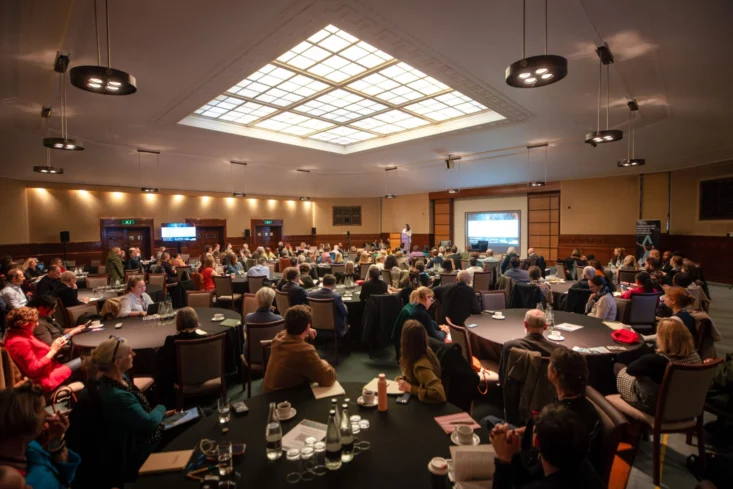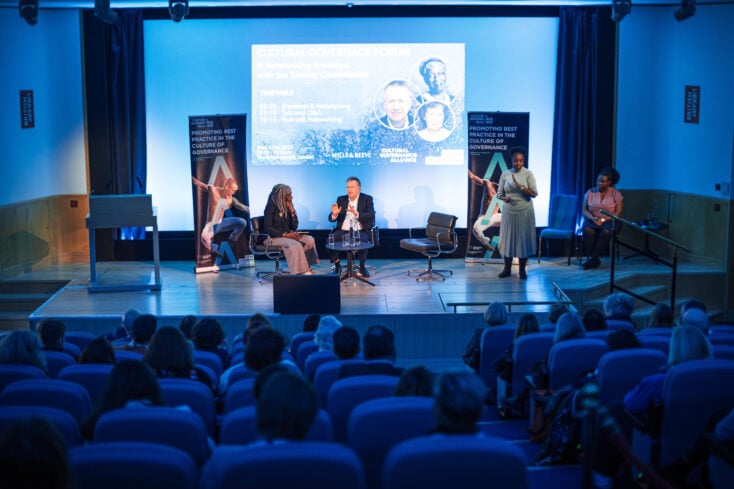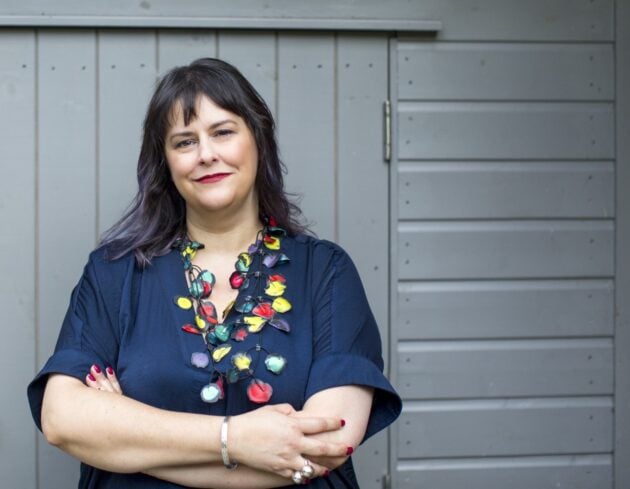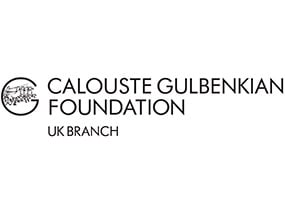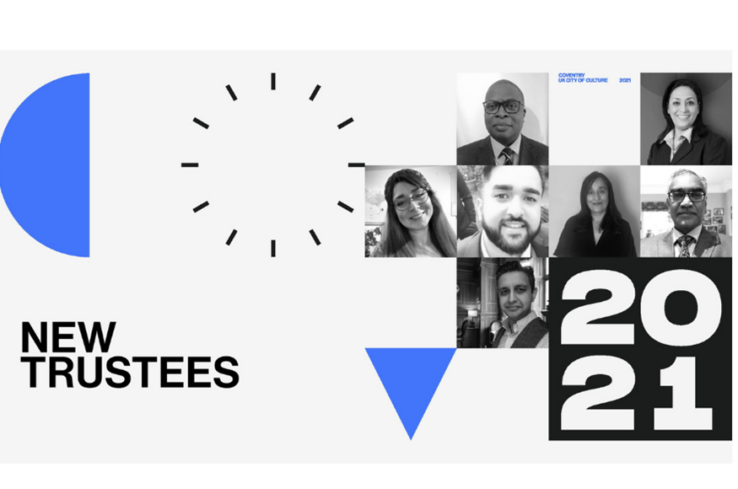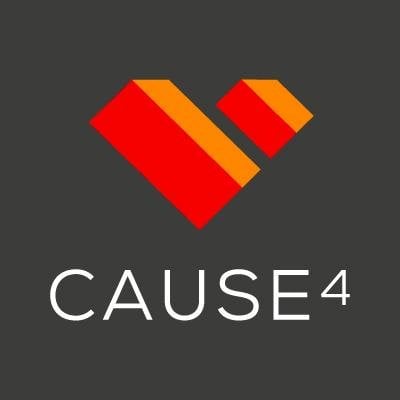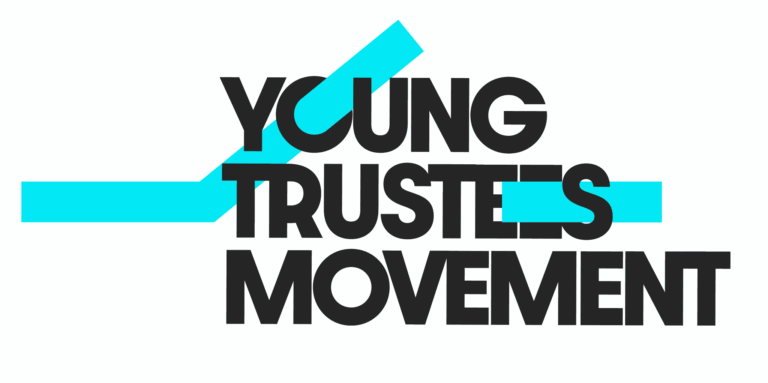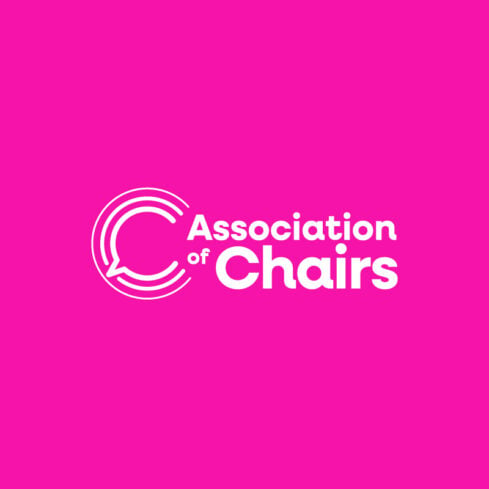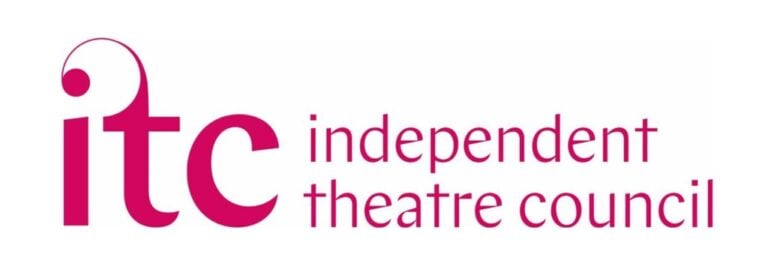Best Practice Approaches to Building an Innovative Board
Much has been written over the years about what makes the perfect board, including how to choose the right chair, identify the most effective board composition, how to successfully govern and manage risk – the list goes on. However, very little has focused purely on how to build an innovative board.
At the Governance Now conference on the 6th of November, Raj Tulsiani, CEO of Green Park and Co-Founder of Race Equality Matters (REM) and Joanna Moriarty, Partner in the Civil Society and Government practice at Green Park, will be delivering a practical session on how to do this, based on decades of experience and insight.
Here’s a taste of what to expect at the session.
Q – Firstly, who are Green Park?
J -Green Park are a campaigning executive search firm founded over 18 years ago to create more equitable workplaces, and this has always been our North Star. We work across third sector, government and commercial mandates, with a DEI consulting practice which focuses on embedding sustainable change within organisations whilst also ensuring Green Park is ahead of new trends, practices and solutions.
In 2020, Raj Tulsiani our CEO, Co-Founded Race Equality Matters (REM), a not-for-profit organisation with a community of in excess 4,500 organisations. REM was created to achieve Race Equality in our workplaces, and in a short amount to time has become a central resource for many organisations both large and small, representing millions of individuals.
Q – How does innovative boards link to Green Park?
J – Green Park’s vision is to change the face of leadership not only on executive teams but also on boards, and our results show if you think differently about attracting, hiring, onboarding and retaining your people, you can build highly effective, sustainable and productive organisations, who shape the worlds where they operate. Being innovative in your approach is at the heart of that change.
Q – What do you mean by innovative board?
J – An innovative board is one which can think differently, scan the horizon, bring expertise and ideas from the outside, know how others (similar and different organisations) are addressing issues, be comfortable with change, and can see a world where the organisation is very different, alive and responsive to the external world. Boards have become less cosy recently, comfortable to have difficult conversations and to bring and hear challenge, and this is changing how they can bring change.
Research undertaken by Green Park in October 2024 with CHROs, suggested the following factors need to be considered when creating an innovative board:
- Ensuring there is diversity of expertise, with varied backgrounds to spark cross-disciplinary innovation.
- Make sure the voices of the people you serve and support, and the wider community, are heard in the room.
- Flexible and agile governance structures need to be encouraged – for example is the timing of your meetings, or the volume and style of your paperwork, putting some groups of people off getting involved?
- Inclusive cultures are essential, where board members have psychological safety to enable them to challenge ideas and take risk.
- How does the board evaluate its own effectiveness – is this a regular and unguarded process?
- Having a long-term vision and focus on sustainable innovation is key, but the board should prioritise future market needs and customer expectations.
- Does the skills mix on the board match the strategic aims, including future plans?
Q -Why is it important? And why is it important to the Arts and Culture sector?
J – In our experience Arts and Culture organisations tend to be the canary in the mine, seeing issues that later affect the non-profit sector more widely. Issues around activism (e.g. staff pushing for a public stand on political issues) and introspection around behaviour (bullying and racism) tend to be more reflected on and addressed in this sector. Arts and Culture organisations are by their nature creative, impatient and open to new ways of doing things, and natural catalysts for social change. However, we also see, from time to time, very traditional approaches to board recruitment, especially in high-prestige organisations, and these can make change difficult.
Q -What are the barriers to developing an innovative board?
J – Do you have the people in your networks to attract and drive that innovation? Are you already on the innovation journey – can you evidence this to attract forward-thinking people, have you had the difficult conversations? Are there people who don’t get it or prefer ‘how it’s always been’?
Through the research previously mentioned, what appeared to be key in the attraction stage was ensuring people felt a sense of purpose and could see how their contribution was going to add value.
Q – What is the risk of not having an innovative board, does it really matter?
J – Boards and employees can lose touch with one another, organisations then struggle to be innovative, relate, and creativity is dulled. Ask yourself the question – if you don’t have lived experience in the boardroom and diversity of thought, are you leading the organisation in a way that connects to the people you’re there for?
You don’t have to use a search partner to recruit an innovative board. But whether you recruit yourself or use external help, come and hear expert advice from the Green Park team on how to create the conditions for recruiting and retaining a diverse and different-thinking board, and share your experiences with us.

